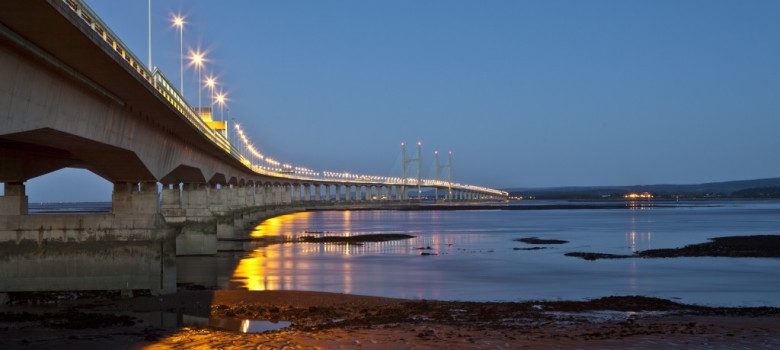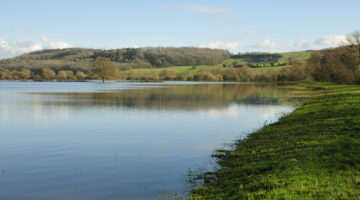
I heard some really good news this week that David Cameron has asked for a re-examination of the Severn Barrage business case. This ambitious construction proposal was killed off as a project back in 2010 due to the environmental concerns and soaring costs, but it now appears that it is back on the radar.
First a bit of background though – the Severn Estuary has a tidal range of 14m, the second biggest in the world, making it ideally suited to tidal energy. The idea of using the Estuary to create power was first mooted in 1849 by Thomas Fulljames, but it was not until 1971, when Dr Tom Shaw suggested building the barrage to span the entire length of the estuary, from the Northern Somerset coast up to Lavernock Point in Wales. This proposal was also shot down in the early 70’s due to an abundance of cheap oil making it uneconomical. Over the following years the business case was continually revisited however the soaring prices of the proposed project have always made it unattractive.
So fast-forward to 2012 and what has changed? Well we are in the middle of a massive recession, and the need to create jobs via large infrastructure projects may hold the key to our recovery. The theory is that the proposed Severn Barrage, at a potential cost of £30bn, could be just the type of infrastructure project required to kick-start the economy.
The plan would be to fund the barrage through a consortium of investors rather than through public funding. Although backing from the Government would be absolutely key, as for the project to be economically viable the subsidies available for renewables would need to be available.
Its construction would be the biggest infrastructure project since the channel tunnel, with the potential to create 20,000 new construction jobs and 1000s of operational jobs in the local area when it gets completed.
The UK is also facing an uncertain energy future, with issues regarding energy security and our planned nuclear plans due for decommissioning before the end of the decade. The Severn barrage has the potential to create 5% of the UK’s energy from a clean, predictable, renewable source, with an installed capacity of 8.64GW, producing about 17TWh of electricity per year. Based on an average home using 4800kWh a year, the barrage would provide enough electricity for approximately 3,000,000 homes
By getting such a large proportion of our energy from this 100% renewable energy source, it would also help the UK to hit its emission reduction targets. Also tides are more predictable unlike the sun shining for solar power plants and the wind blowing for wind farms, making this energy source less intermittent.
Opposition to the barrage is still widespread though, due to the Estuary’s unique ecology. The RSPB is particularly against the barrage, as its presence would disrupt the feeding ground of over 85,000 birds, but there are other concerns that it would prevent the easy passage of ships moving up and down the Severn (although the Rance Tidal Power Station in France has locks within its barrage to allow easy passage, so I presume these would be present if the project does go ahead).
My personal feelings are that the Severn barrage is a great idea particularly if this can be funded privately. I know there will be a significant impact on the local environment, but I think the potential for an abundance of clean renewable energy especially at this time where at any moment any of the electricity that we import as a country could be at risk. Creating more energy supplies in the UK by using our unique topography has to be good for our country in terms of enhancing energy security and safeguarding highly skilled jobs in the construction & engineering sectors.
Update
In January 2013, Peter Hain announced that the Severn Barrage could get parliamentary approval by the end of the year, since it has been rethought so there is no threat to fish or birdlife. If approved it could be completed by 2024, helping to supply 5% of the UK’s energy demands. In addition it is thought the new proposal will only be comprised of private funding.












There’s no doubt that difficult choices may need to be made here, but I agree with you that in the long term, the employment of more sustainable energy sources should take priority over the conservation of bird feeding grounds. This is a promising plan, even more so with Cameron’s apparent support. Hope to see it implemented soon!
There are difficult choices here, and things are defiantly not clear cut. A full assessment considering the economic, ecological, and social concerns and benefits needs to be conducted for each proposed scheme. There are numerous ways to harness the potential energy at the Severn estuary, a barrage is but one way and I feel that a Tidal Reef system would be far more appropriate considering the local economy, the social factors, and the local ecology, not to mention migratory species of birds that use the estuary as a hold over.
It is also my opinion that although this post reports on the latest development it does very little to inform readers of the underlying concerns, different proposed methods to harness the tidal flow, and the history of the Severn Barrage Project